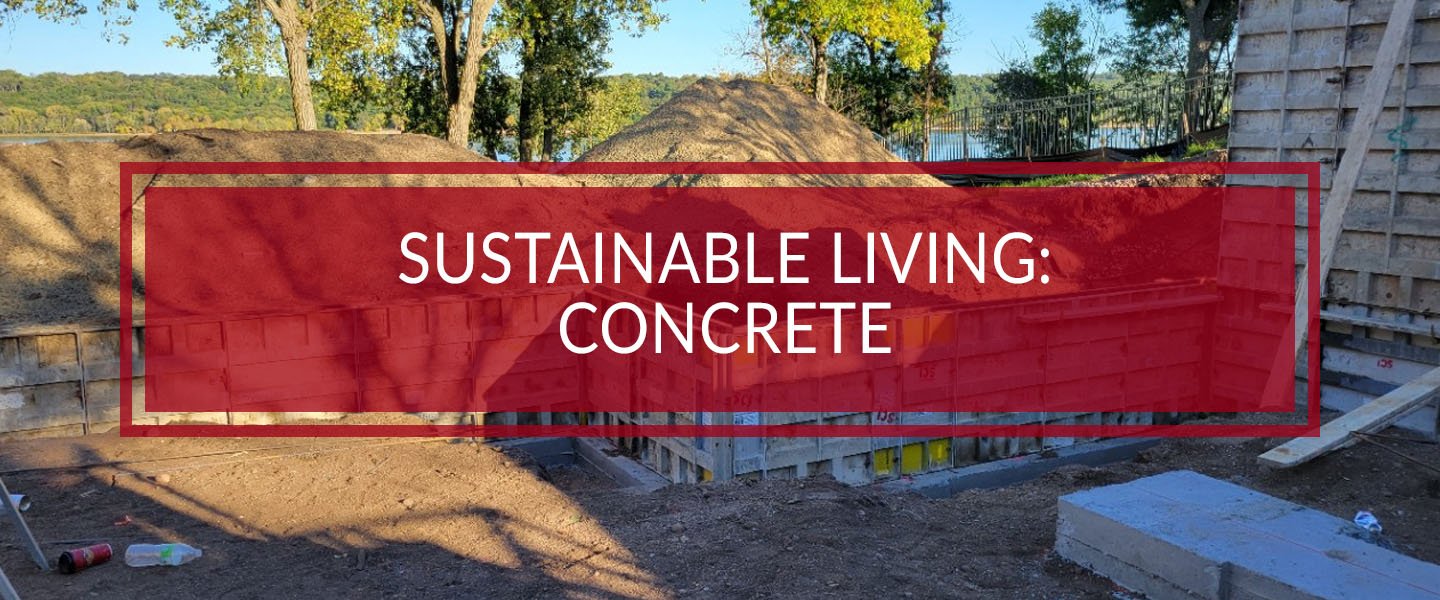Sustainable Building Materials in Minnesota: Concrete

When it comes to taking care of our planet, much of the conversation is centered around carbon dioxide emissions. While CO2 is a natural part of life, too much of it endangers not only the planet and atmosphere, but it can also have many negative impacts on human life. When it comes to the environmental impacts of CO2, the majority of the conversation lies around fossil fuel production and deforestation, however, if you look at what the three most known human sources of CO2 emissions are, concrete production is near the very top of that list.
Concrete is the most commonly used man made material on the earth. It has shaped our world today, but it also has a massive environmental footprint. Approximately 8% of our world's carbon dioxide emissions comes from cement, which is the key ingredient in concrete. This being said, it is a necessity when it comes to modern life, so why don’t we ask the question “is there a way to lessen the CO2 emissions in concrete? And if so, how?”
Many manufacturers these days are either looking for ways to create low CO2 concrete, or are already offering options. This eco-friendly concrete is sold in a range of low co2 levels from 30%-90% less carbon emissions. These alternatives are made by upcycling construction and demolition materials. It requires less energy in its production, and isn't too hard on the wallet. The CO2 savings happens in the creation of the material, not the installation, so in the long run it doesn’t impact your project. There are other options as well such as Fly Ash, which is a byproduct of coal which was previously discarded in the landfill, but in recent years has become a great alternative to concrete. To create this alternative to concrete Fly Ash is mixed with lime and water to make it strong and able to withstand the test of time.
The topic of concrete and CO2 emissions has been a hot topic at Hagstrom Builder as a current client came to us and wanted to build a home as eco-friendly as possible. We are working with all of our subcontractors in this home building process to make sure everyone is being as eco-friendly as possible every step of the way. From solar panels on the roof, to geothermal energy used in their home, these clients are aiming to build a home with minimal to no carbon footprint.
When it comes to building a home, there are many options to consider, and if keeping your environmental impact is near the top of your priority list, please know that the concrete you choose may be one of the largest factors. We are always focused on meeting our client's needs, and we are glad to be able to provide this option to our customers. If you want more information about low C02 concrete or have any questions please contact us.
